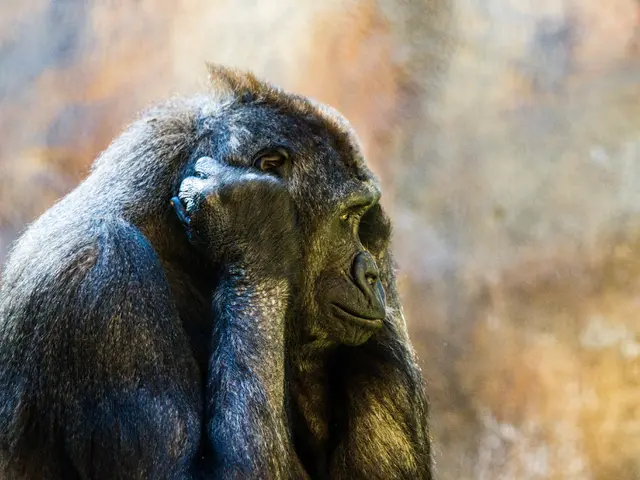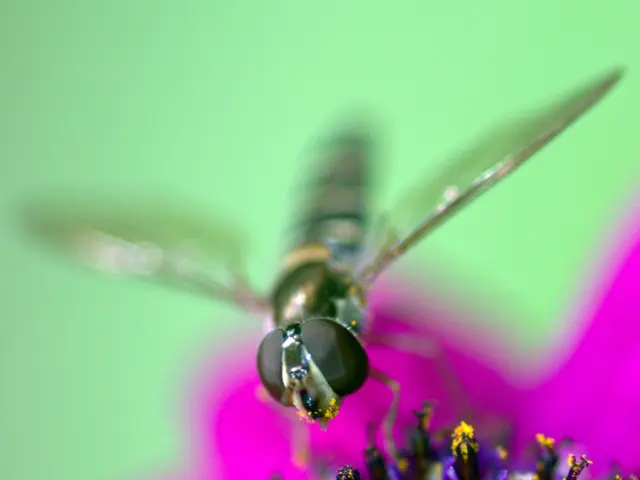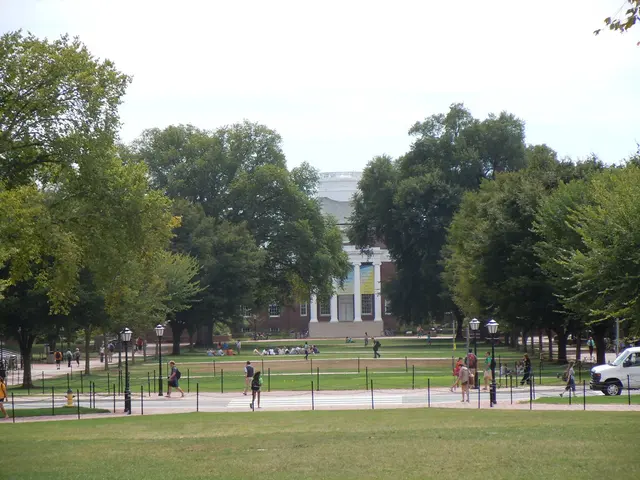Terrestrial Ecosystems of the Antarctic Region
In the coldest and driest climate on Earth, Antarctica, a unique ecosystem thrives. This vast, icy continent, often thought of as a barren wasteland, is teeming with life.
At the base of the Antarctic food web, producers primarily consist of microscopic algae and phytoplankton found in sea ice and surface waters. These hardy organisms harness sunlight in the extreme cold, forming the foundation of the food web.
Primary consumers in this frigid ecosystem are Antarctic krill, which feed on these producers. Ascending the food chain, secondary and tertiary consumers include fish, such as the Antarctic silverfish, penguins, seals, and whales that prey on krill or fish.
Decomposition in Antarctica is carried out by psychrophilic (cold-loving) bacteria and fungi, adapted to low temperatures and slow decomposition rates. These microorganisms break down organic material despite the permafrost and cold conditions.
The ecosystem is also home to an array of lesser-known organisms. Lichen, a plant-like form, is found in Antarctica and is formed by a symbiotic relationship between algae and fungi. This relationship benefits both parties, with fungi protecting the algae from drying out and supplying it with water, while the algae undergo photosynthesis, providing carbohydrates to the fungi.
Invertebrates, such as insects, worms, snails, mites, and spiders, are also present in Antarctica. Notable among these are springtails, small insects that can leap or spring using their tails, and inhabit Antarctica's dry valleys and mountain peaks.
Mosses and liverworts, found in Antarctica, have the ability to dry up completely and become dormant, surviving even in the harshest conditions.
Antarctica is not just a desert of ice and snow. It is a cold desert, receiving less than 25 centimetres of rain in a year. Despite the dryness, it is home to an estimated 300 species of non-marine algae.
The continent is also rich in birdlife. Many bird species inhabit Antarctica, including penguins, albatross, skuas, petrels, gulls, and terns. The Antarctic skua, the most southerly bird in the world, lives around the coastal edge of Antarctica and preys on unattended eggs or weak or isolated penguin chicks.
The inner regions of Antarctica, called the Dry Valleys, have large areas of uncovered rock. These areas, devoid of ice, support a surprising diversity of life, including nematodes, or round worms, which are around 1 mm in length and live in Antarctica's soils, with some species being capable of freezing and coming back to life.
Despite the harsh conditions, life finds a way in Antarctica, creating a complex and fascinating ecosystem that is a testament to the resilience and adaptability of life on Earth.
References: [1] Bacteria and Fungi in Antarctica: https://www.britannica.com/science/Antarctica/Bacteria-and-fungi [2] Psychrophilic Bacteria and Fungi: https://www.ncbi.nlm.nih.gov/pmc/articles/PMC6348286/ [3] Antarctic Food Web: https://www.antarctica.gov.au/about-antarctica/environment/food-web
- In the realm of science, understanding the unique and intricate Antarctic food web contributes significantly to environmental-science, providing valuable insights into the adaptability of organisms in extreme climates such as climate-change and health-and-wellness of Antarctica's ecosystem.
- The study of the microorganisms, like psychrophilic bacteria and fungi, that break down organic matter in the coldest climates, is essential in the field of science, especially in fitness-and-exercise, as their survival strategies can help scientists develop new methods for maintaining wellness and survival under harsh conditions.




